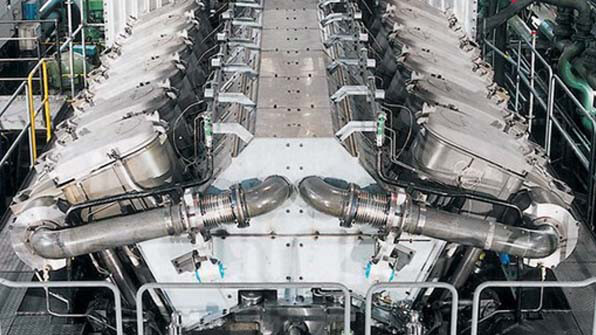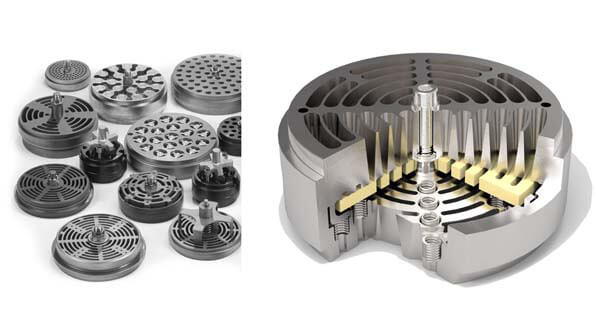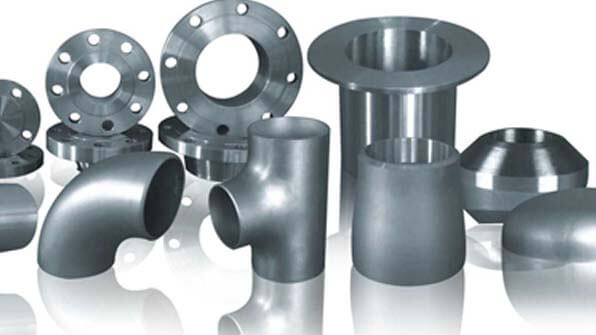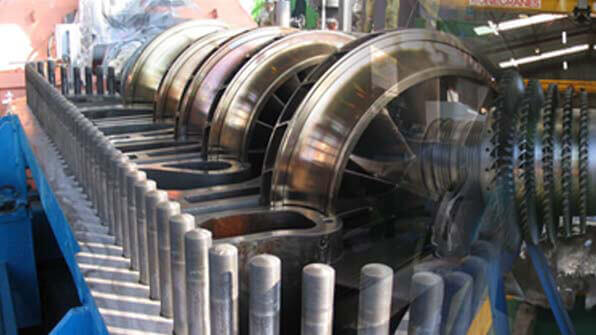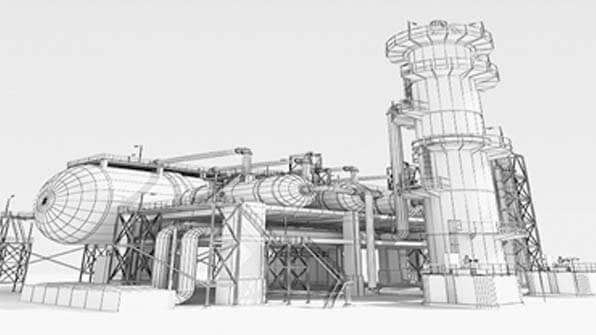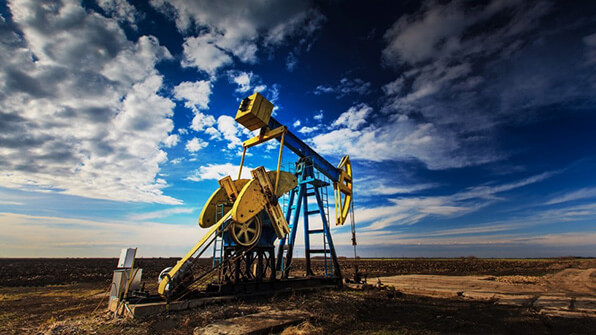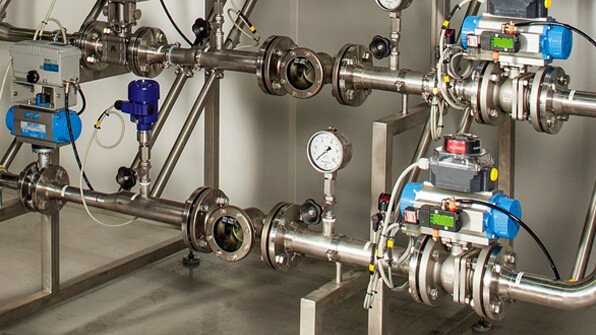Flow Control Of Reciprocating Compressors
Valve Unloading – Stepped
Cylinder suction valves are held fully open in some cylinders. This prevents flow in those cylinders. Typically used to reduce flow in one step to 50%.
Simple control system, low cost. On/off control.
Cylinder Volume Pockets
A valve is used to connect a cylinder head to a “dead volume” this reduces “volumetric efficiency” and hence compressor flow. Flow reduction is typically 20%. On/Off control
Valve Unloading - Stepless (eg Hoerbiger “Hydrocom”)
Sophisticated control that holds Cylinder suction valves open for part of each cycle.
Enables smooth flow control from 100% to around 25% flow
Expensive.
Recycle flow control
Allows full flow control but has poorest energy efficiency

